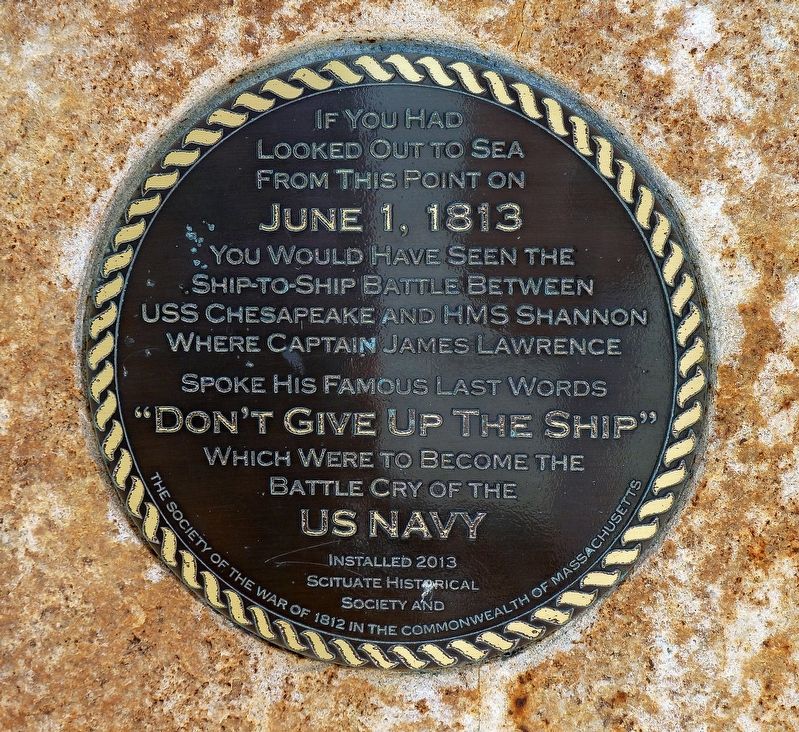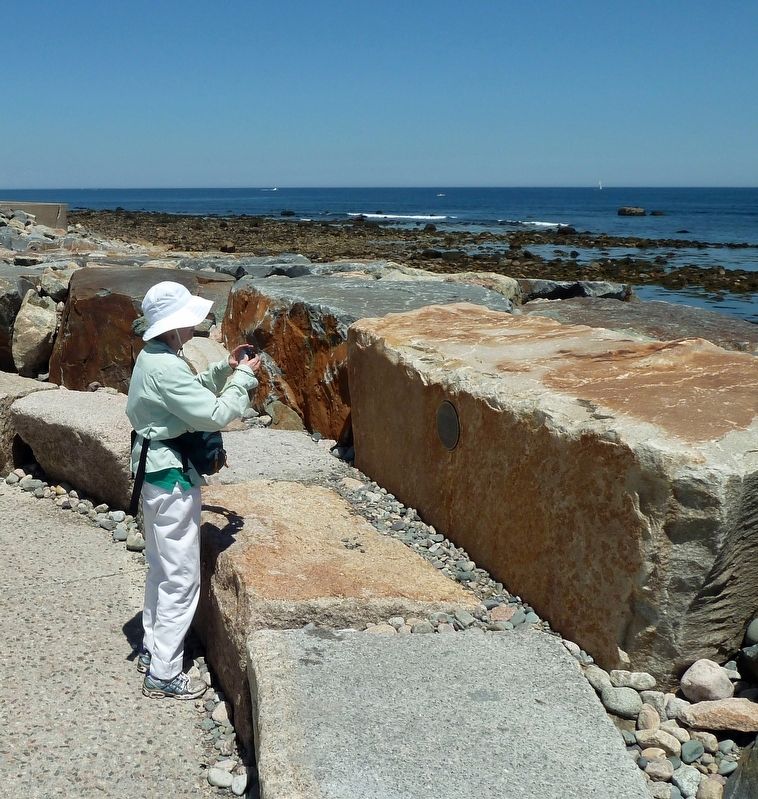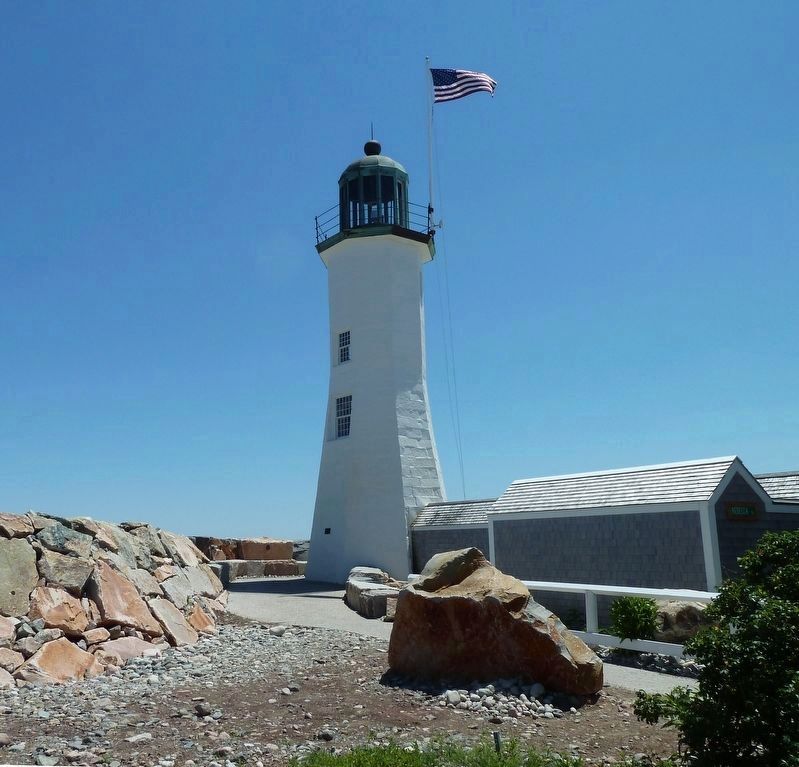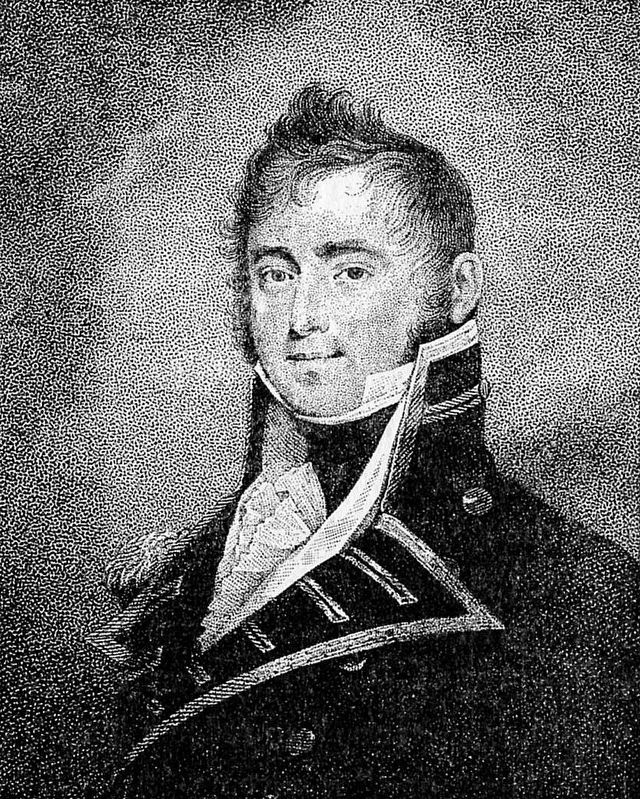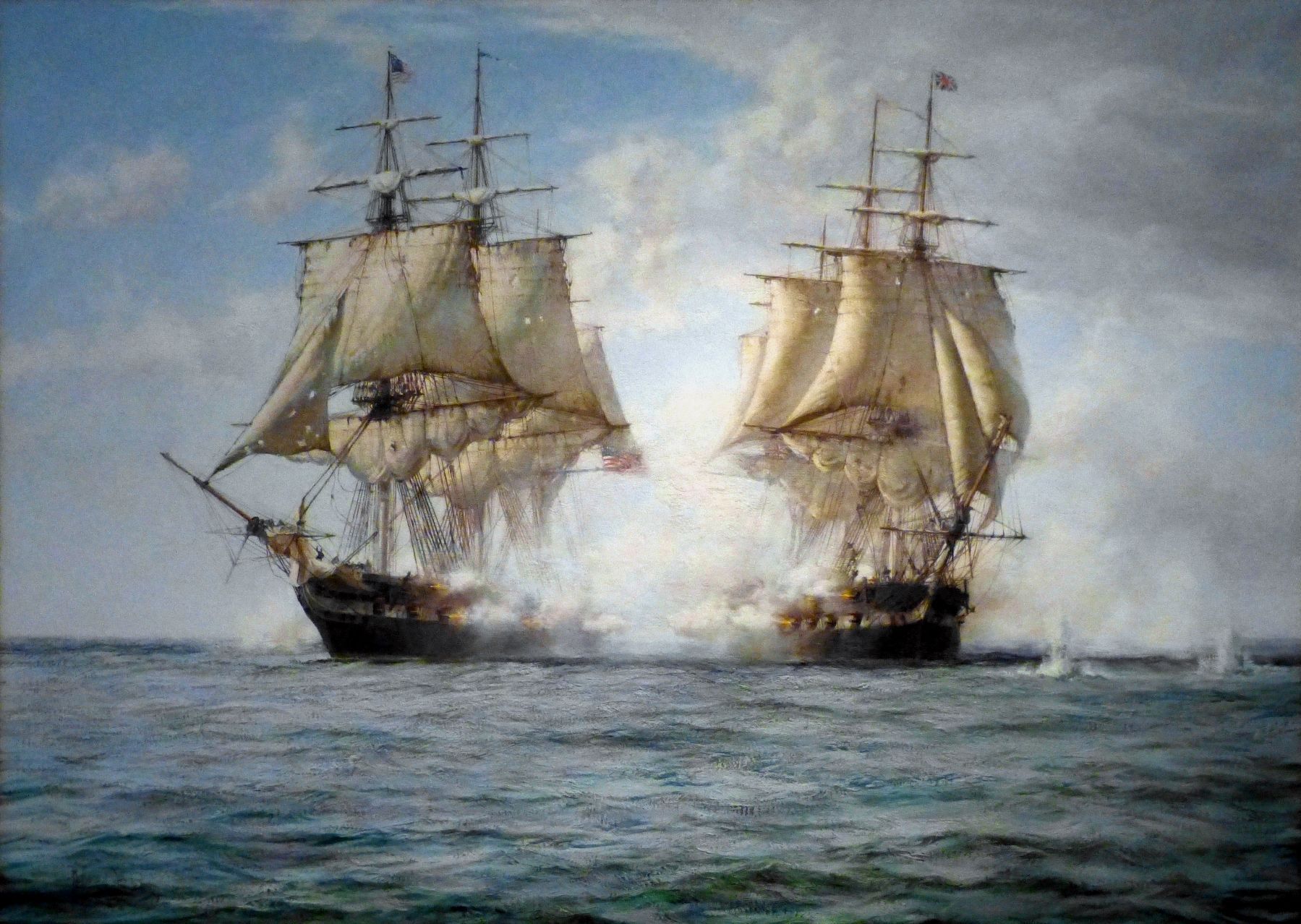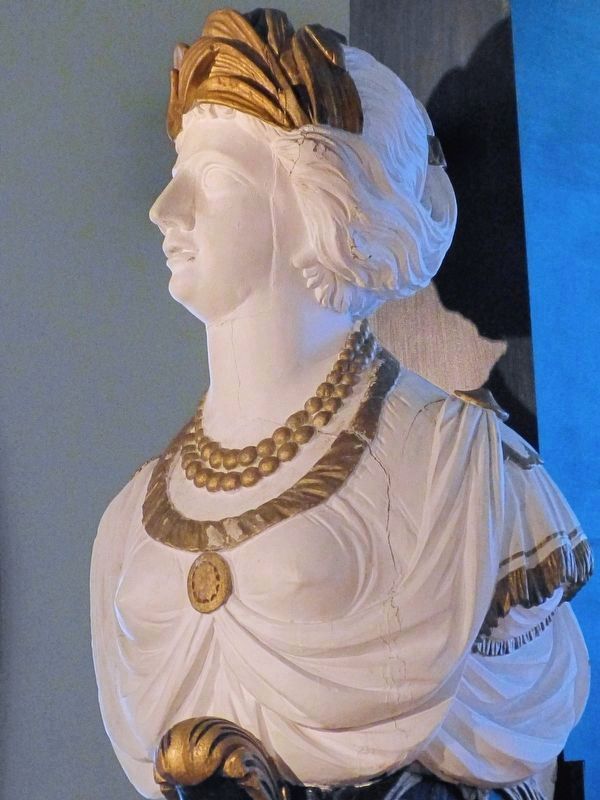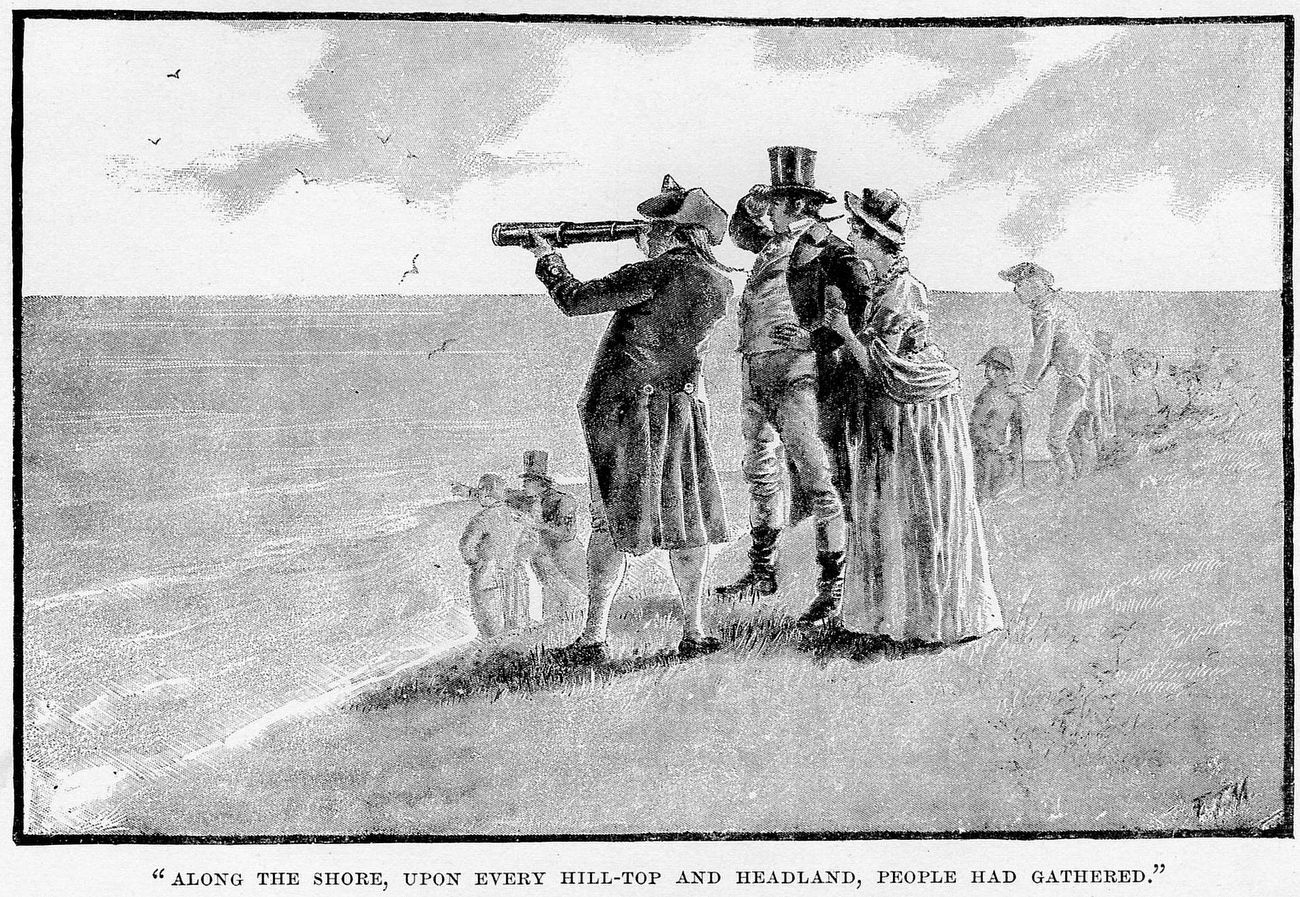Scituate in Plymouth County, Massachusetts — The American Northeast (New England)
“Don’t Give Up The Ship”
looked out to sea
from this point on
June 1, 1813
you would have seen the
ship-to-ship battle between
USS Chesapeake and HMS Shannon
where Captain James Lawrence
spoke his famous last words
“Don’t Give Up The Ship”
which were to become the
battle cry of the
US Navy
Erected 2013 by the Scituate Historical Society and the Society of the War of 1812 in the Commonwealth of Massachusetts.
Topics. This memorial is listed in these topic lists: War of 1812 • Waterways & Vessels. A significant historical date for this entry is June 1, 1813.
Location. 42° 12.286′ N, 70° 42.946′ W. Marker is in Scituate, Massachusetts, in Plymouth County. Memorial can be reached from Lighthouse Road. Marker is next to the base of the Old Scituate Lighthouse on Cedar Point, at the harbor entrance in Scituate, MA. Touch for map. Marker is in this post office area: Scituate MA 02066, United States of America. Touch for directions.
Other nearby markers. At least 8 other markers are within 2 miles of this marker, measured as the crow flies. The Italian Freighter Etrusco (here, next to this marker); Old Scituate Lighthouse (within shouting distance of this marker); Williams-Barker House (approx. 0.6 miles away); Satuit Brook (approx. one mile away); Men of Kent Cemetery (approx. 1.3 miles away); First Meeting House (approx. 1.3 miles away); Site of the First Church (approx. 1.3 miles away); First Training Field (approx. 1.4 miles away). Touch for a list and map of all markers in Scituate.
Regarding “Don’t Give Up The Ship”. Twelve months into the War of 1812, the British Navy frigate Shannon lay just outside Boston harbor. Having been long at sea with a veteran and disciplined crew, she posed a menace to shipping and was a clear military challenge. The American frigate Chesapeake was then being refitted in Boston harbor, but she had an untrained crew and her captain was away on sick leave. In mid-May Capt. James Lawrence, fresh from naval successes elsewhere, was given command of Chesapeake with orders to put to sea as soon as he had the chance.
On Tuesday, June 1st, Chesapeake left the harbor and headed straight for Shannon. The furious battle began about 6 p.m. and was over in 15 minutes. Despite being wounded and losing blood, Lawrence remained at his post while most of his other officers and the boatswain fell around him. Lawrence
was wounded again, this time mortally, and as crew members carried him belowdecks he uttered his famous five words.
Casualties were heavy on both sides, but Shannon prevailed and escorted Chesapeake to Halifax. Lawrence died before they reached shore.
Less than four months after this fateful engagement, Lawrence’s friend Master-Commandant Oliver Hazard Perry encountered a large British squadron on Lake Erie. Perry had selected a brig, newly named Lawrence, as flagship of his own fleet, and from the masthead he unfurled a battle-flag carrying the words, “Don’t give up the ship.”
Many of these details are found in James Russell Soley’s The Boys of 1812 (Boston, 1887).
Also see . . . Naval History blog. (Submitted on July 4, 2016, by Roger W. Sinnott of Chelmsford, Massachusetts.)
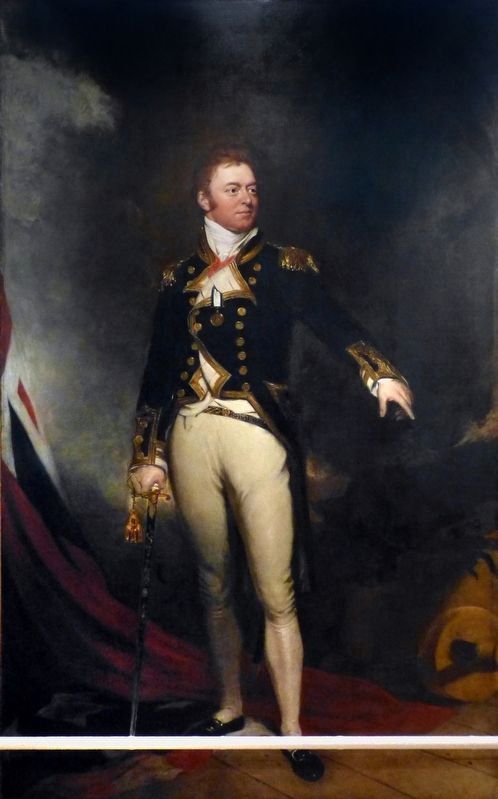
Photographed By Allen C. Browne, June 11, 2013
6. Captain Phillip Bowes Vere Broke, RN
This painting of Captain Phillip Bowes Vere Broke by Samuel Lane hangs in the U.S. Naval Academy Museum in Annapolis, Maryland.
“Broke joined the Royal Naval Academy at Portsmouth Dockyard in 1788, and began active service as a midshipman in 1792. He served as third lieutenant on the frigate HMS Southampton during the Battle of Cape St. Vincent in February 1797. He was promoted to commander in 1799 and captain in 1801. Broke was noted for his intensive training of his crew, especially in the handling of the ship's great guns. For his victory over Chesapeake, Broke was created a baronet on September 25, 1813. He became a Knight Commander of the Order of the Bath in January 1815 and was also awarded a Naval Gold Medal, one of only eight awarded for single ship actions between 1794 and 1816. He was promoted to Rear Admiral of the Red in 1830.” — U.S. Naval Academy
“Broke joined the Royal Naval Academy at Portsmouth Dockyard in 1788, and began active service as a midshipman in 1792. He served as third lieutenant on the frigate HMS Southampton during the Battle of Cape St. Vincent in February 1797. He was promoted to commander in 1799 and captain in 1801. Broke was noted for his intensive training of his crew, especially in the handling of the ship's great guns. For his victory over Chesapeake, Broke was created a baronet on September 25, 1813. He became a Knight Commander of the Order of the Bath in January 1815 and was also awarded a Naval Gold Medal, one of only eight awarded for single ship actions between 1794 and 1816. He was promoted to Rear Admiral of the Red in 1830.” — U.S. Naval Academy
Credits. This page was last revised on December 29, 2016. It was originally submitted on July 4, 2016, by Roger W. Sinnott of Chelmsford, Massachusetts. This page has been viewed 1,711 times since then and 104 times this year. Photos: 1, 2, 3, 4. submitted on July 4, 2016, by Roger W. Sinnott of Chelmsford, Massachusetts. 5, 6, 7. submitted on December 26, 2016, by Allen C. Browne of Silver Spring, Maryland. 8. submitted on July 4, 2016, by Roger W. Sinnott of Chelmsford, Massachusetts. • Bill Pfingsten was the editor who published this page.
